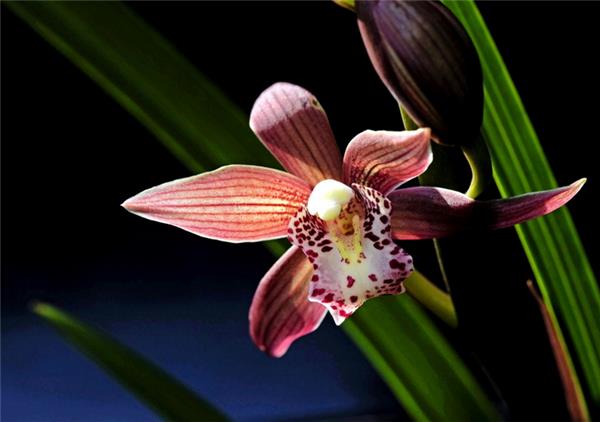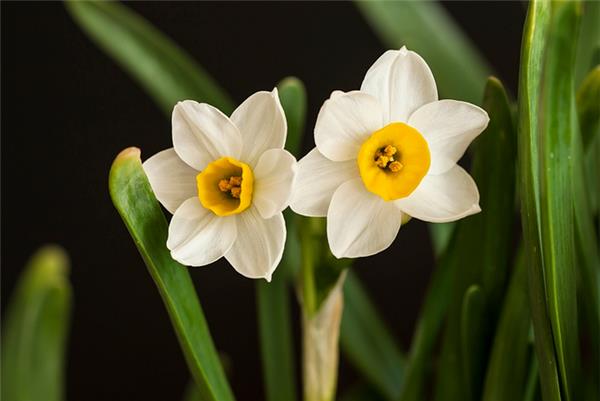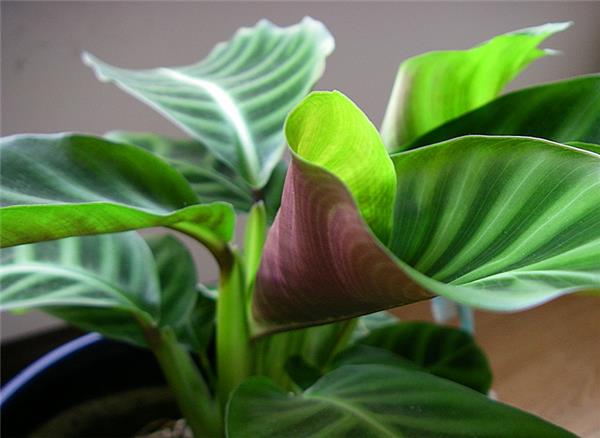A complete collection of domestic plants
There are many plants suitable for indoor cultivation, but some are not suitable. Let's take a look at which ones are suitable through the introduction of the following collection of domestic plants.

A complete collection of domestic plants
1. Aloe, hanging orchid, tiger tail orchid, one-leaf orchid, tortoise back bamboo
Reason: these domestic plants are natural scavengers who can remove harmful substances from the air, especially in dealing with formaldehyde. Studies have shown that tiger tail orchid and hanging orchid can absorb more than 80% of indoor harmful gases, especially the ability to absorb formaldehyde. Aloe is also good at absorbing formaldehyde, which can absorb 90% of formaldehyde in 1 cubic meter of air.
two。 Ivy, iron tree, chrysanthemum, kumquat, pomegranate, purple jasmine, half lotus, rose, camellia, pomegranate, Milan, daisy, wax plum, marigold
Reason: these domestic plants have opportunities to show their ability to resist harmful gases such as sulfur dioxide, fluorine, chlorine, ether, ethylene, mercury vapor, lead vapor, carbon monoxide and nitrogen peroxide. These poisonous gases emitted from household appliances and plastic products will greatly reduce your chances of harming you because of the resistance of these plant bodyguards.
3. Rose, sweet-scented osmanthus, violet, jasmine, lemon, rose, carnation, lily of the valley, purple
Reason: the volatile oil produced by these domestic plants and aromatic flowers has a significant bactericidal effect. Crape myrtle, jasmine, lemon and other plants can kill protobacteria such as diphtheria and dysentery within 5 minutes. The fragrance of jasmine, rose, carnation, lily of the valley, violet, rose, sweet-scented osmanthus and other plants can obviously inhibit the growth and reproduction of Mycobacterium tuberculosis, pneumococci and staphylococci.

4. Tiger skin orchid, tiger tail orchid, tequila and brown palm, dwarf Langa cabbage, striped cabbage, thick sedum, cup-shaped rooting, pineapple
Reason: these domestic plants can purify the air at night and are easy to "serve". It doesn't take too much time and effort to take care of it, it can grow and flourish.
5. Cactus, Ling arrow lotus, cactus finger, measuring ruler, epiphyllum
Reason: the stomata on the succulent stems of these domestic plants close during the day and open at night, absorbing carbon dioxide and producing oxygen, increasing the concentration of negative ions in the indoor air.
6. Orchid, sweet-scented osmanthus, wax plum, taro, red back osmanthus
Reason: these domestic plants are natural dust collectors whose cilia can intercept and trap floating particles and soot in the air.
7. Cloves, jasmine, roses, violets, chrysanthemum, mint
Reason: these domestic plants can make people relaxed, mentally happy, conducive to sleep, improve work efficiency, but also make people smarter.
Through the circulation of indoor air, we can reduce the content of some free harmful substances in indoor air, so as to reduce the harm of such substances to the human body, but it is better to raise some suitable domestic plants.

Grasp the watering time of domestic plants
1. Decide when to water according to the variety of plants
Different plants have different needs for water, so they cannot be generalized. For example, Araceae plants such as green pineapple have a relatively large demand for water, so they should be watered more frequently and faster, while rich trees and succulent plants have less demand for water. So watering should be appropriate, not too much.
2. Decide when to water according to the season
Flower friends all know that it takes a long time to dry clothes in winter, because the temperature in winter is low, the water volatilizes slowly, and the plant soil is the same, so the watering frequency is lower in winter and higher in summer.

3. Decide when to water according to the permeability of the soil
Different soils have different air permeability and water permeability, so the rate of water volatilization in the corresponding soil is also different, so you should first understand the soil where you grow flowers.
4. Decide when to water according to the size and depth of the flowerpot
Flowerpots vary in size and depth, and some plants use large and deep pots that will not dry for months at a time. In this case, if you water the plants at intervals, it is difficult for the plants to escape the fate of rotten roots. On the contrary, some flowerpots are relatively shallow and small. They are watered in the morning and dry in the afternoon. In this case, they should be watered frequently.
Related
- Wuhan Hospital Iron Tree Blooming Result Was Instantly Frightened by the Gardener Master
- Which variety of camellia is the most fragrant and best? Which one do you like best?
- What is the small blue coat, the breeding methods and matters needing attention of the succulent plant
- Dormancy time and maintenance management of succulent plants during dormancy
- Minas succulent how to raise, Minas succulent plant pictures
- What are the varieties of winter succulent plants
- How to raise succulent plants in twelve rolls? let's take a look at some experience of breeding twelve rolls.
- Attention should be paid to water control for succulent plants during dormant period (winter and summer)
- Watering experience of twelve rolls of succulent plants
- Techniques for fertilizing succulent plants. An article will let you know how to fertilize succulent plants.



